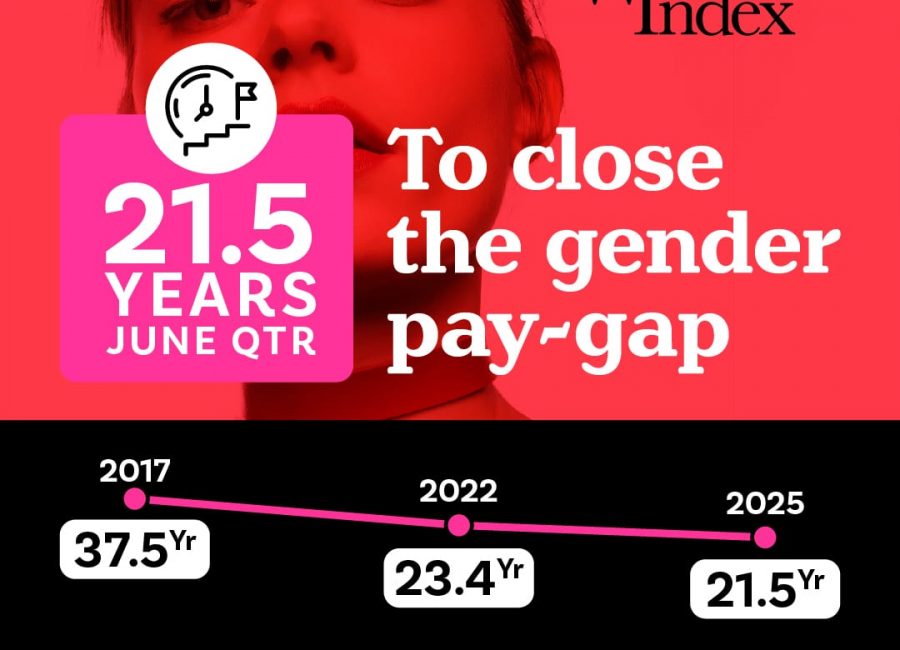Financy is delighted to share the following article that looks at the Rise of Resistance, written by Dr Leonora Risse for the March quarter Financy Women’s Index.
Women’s rising educational achievements, greater workforce participation, stronger economic independence, and growing voices in leadership are all positive steps forward for society. Right? Well, maybe not in everyone’s view.
The reality is starkly growing that encouraging women to be “fearless”, and step into roles that are traditionally the domain of men, is not just a challenging path for many women – it could be a dangerous one.
A recent economic study of Australian couples discovered instances where when a woman begins to earn more than her male partner, her risk of partner violence and emotional abuse increases.
The rate at which men are killing women, despite declining over the long term, has accelerated in the past year. In 2021-22, we learnt of the chilling statistic that one woman in Australia had been killed by her current or former male partner, on average, every 14 days. In 2022-23, this statistic tragically worsened to one woman every 11 days.
Having a voice in a public arena – such as in the media, politics, and online forums – is igniting greater hostility against women and possibly gender equity resistance. Research by the Australian e-Safety Commissioner affirmed that the intimidation experienced by women whose work involves an online presence is resulting in a silencing of women’s voices and a reversal of empowerment:
“Many of these women took a backward step professionally, avoided leadership positions, … retreated from online spaces and lowered their public profiles because of online abuse.”
Resistance is a dynamic experienced globally
In a country like India, where the links between women’s empowerment and violence have been closely researched, efforts to boost women’s financial independence – such as microfinancing for women to start their own businesses and initiatives to encourage more women to enter the paid workforce – have been found to trigger a higher incidence of intimate partner violence and rates of assault against women in the wider community.
Resistance is even happening in countries considered to be global front-runners in gender equality. Coined the “Nordic Paradox”, Norway’s world-leading outcomes on women’s economic advancement are at odds with its high rates of intimate partner violence relative to other European nations.
What explains these attitudes of resistance?
Psychological research suggests that men’s resistance to equality initiatives can stem from feeling that their own opportunities to achieve their pursuits and fulfill their purpose, are being stripped away.
These cultural norms still strongly shape people’s ideas about the behaviours, traits and roles that men are expected to adopt in their relationships, household, workplace and community. Popular culture, sports and entertainment media all still convey a clear image of what it is “to be a man”.
Gender equality initiatives can, for some men, destabilise their opportunity to fulfill this role and demonstrate their sense of masculinity. Their acts of violence and dominance over women can be interpreted as their attempt to reclaim a sense of masculine identity and assert control.
Gender equality means fearlessness among all
This all points to a drastically missing piece in our approach to gender equality: If we are going to economically empower women, we need to nurture a society that is not afraid of women being empowered.
If we’re going to tell women to be “fearless”, we need for men not to fear women being their equal.
We need for men to admit to their fears, and to learn to not fear the changes that would make our world a more equitable place.
This year’s Budget brought together an extensive set of measures to address women’s safety, the centrepiece of which was $925.2 million for the Leaving Violence Program.
Policy has not focused enough on how men fit into the gender equality picture.
This is where we need to expand opportunities for men and boys to step into non-traditional roles. To be more involved in caregiving. To find fulfilment and purpose beyond the narrow script of authority and power. This is why the expansion of paid parental leave to fathers is crucial.
There is a vital need to invest more in initiatives to support men and boys to develop healthy, holistic ideals of masculinity. Excellent programs exist, such as The Man Box and Equimundo, and Australia has researchers with deep expertise on these subjects, such as Professor Michael Flood. But healthy masculinities programs have generally been small-scale in Australia and relied on philanthropic or community funding. The opportunity is there for governments to uplift and upscale.
By awakening men and boys to the wider ways to achieve purpose and fulfilment – beyond the narrow template of traditional masculine traits – women’s economic empowerment becomes less of a competitive threat.
The other big limitation on progress is the funding. Many people in the women’s safety sector attest that the dollars – a total spend of $3.4 billion on women’s safety since the Government came into office – fall short of the magnitude of the crisis.
Contrast this, for instance, to the additional $50.3 billion allocated to defence over the next decade, which will see defence spending reach an annual $100 billion by 2033-34. This is where a gender lens matters. Conventional policy thinking considers “defence” a matter of safeguarding our national borders against foreign threats.
Statistically for a woman in Australia, it is not an enemy on the national border who poses the greatest threat to her wellbeing, freedom and life. It’s more likely to be the stalkers, trolls, abusers, and former or current partners, the men looking to claim control, who have intruded into her neighbourhood, her streets, her phone, her bedroom, her own home, her own private space.
Defence does not come in the form of long-range missiles. It comes from extinguishing the threats that loom on home ground. Like the Defence Budget, eliminating men’s violence against women needs be elevated to non-negotiable priority. Metrics on women’s safety, and indeed men’s suicide rates, need to sit firmly alongside other benchmark measures of national prosperity such as economic growth.
Australians are now counting on our governments, community leaders, and men themselves, to be fearless in this next step.
Financy covers gender finance, diversity, inclusion and ESG issues. We advocate for gender equity change through the Women’s Index report and help businesses take action on DEI through tech solutions like IMPACTER.












